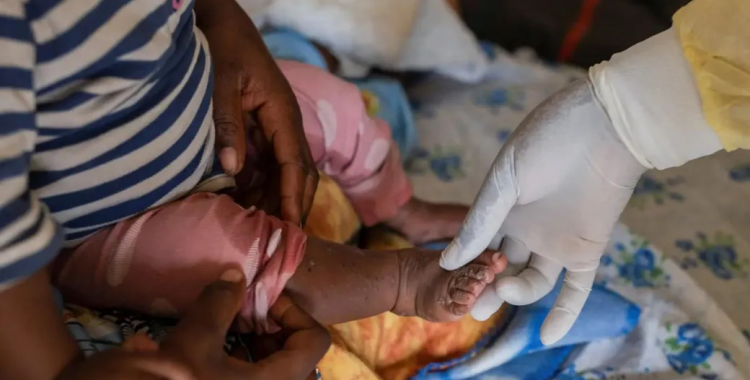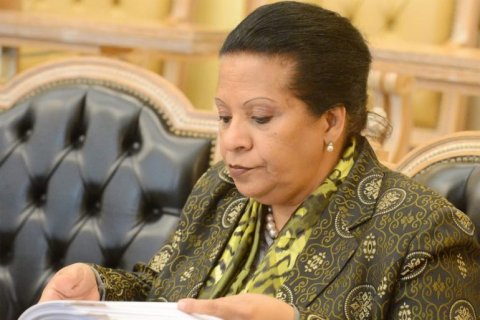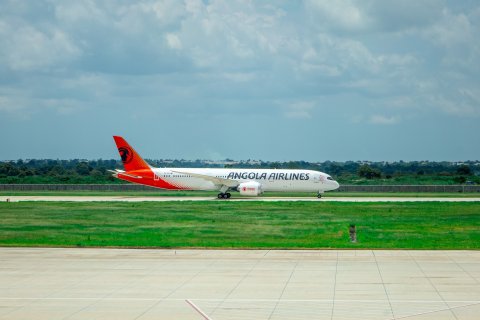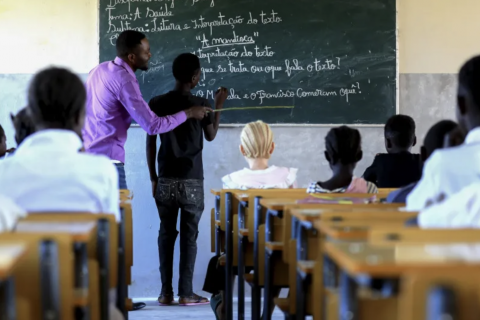"The trend of the outbreak continues to grow; we are facing a major outbreak and we want the media to help us because we see that there is less coverage despite the outbreak continuing to expand," said the director of the Africa Centers for Disease Control and Prevention ( CDC Africa), in a meeting with journalists in Kinshasa.
The disease has had 62,171 suspected cases, of which 13,579 are confirmed, resulting in 1200 deaths in 20 countries: Burundi, Central African Republic, Zambia, Rwanda, Zimbabwe, Kenya, Republic of Congo, Uganda, Nigeria, South Africa, Morocco, Ghana, Guinea-Conakry, Liberia, Ivory Coast, Cameroon, Gabon, Mauritius and Angola.
The most affected country continues to be DRCongo, which has registered almost 50,000 suspected cases, of which more than 10,000 have been confirmed, with the death toll reaching 1,189, in addition to the disease "of unknown origin" that recently broke out in west of this country, which borders Angola, and which has already left almost 80 people dead.
"We are working with national authorities to monitor information about the unknown disease, so that we can understand the situation, and we have sent a team to the area to collect samples and carry out laboratory tests," said the spokesperson for World Health Organization, Tarik Jasarevic.
Deaths, of unknown cause, and other non-fatal cases have been recorded since October 24 in Kwango province.
Symptoms of the disease include fever, headaches, runny nose and cough, shortness of breath and anemia.







